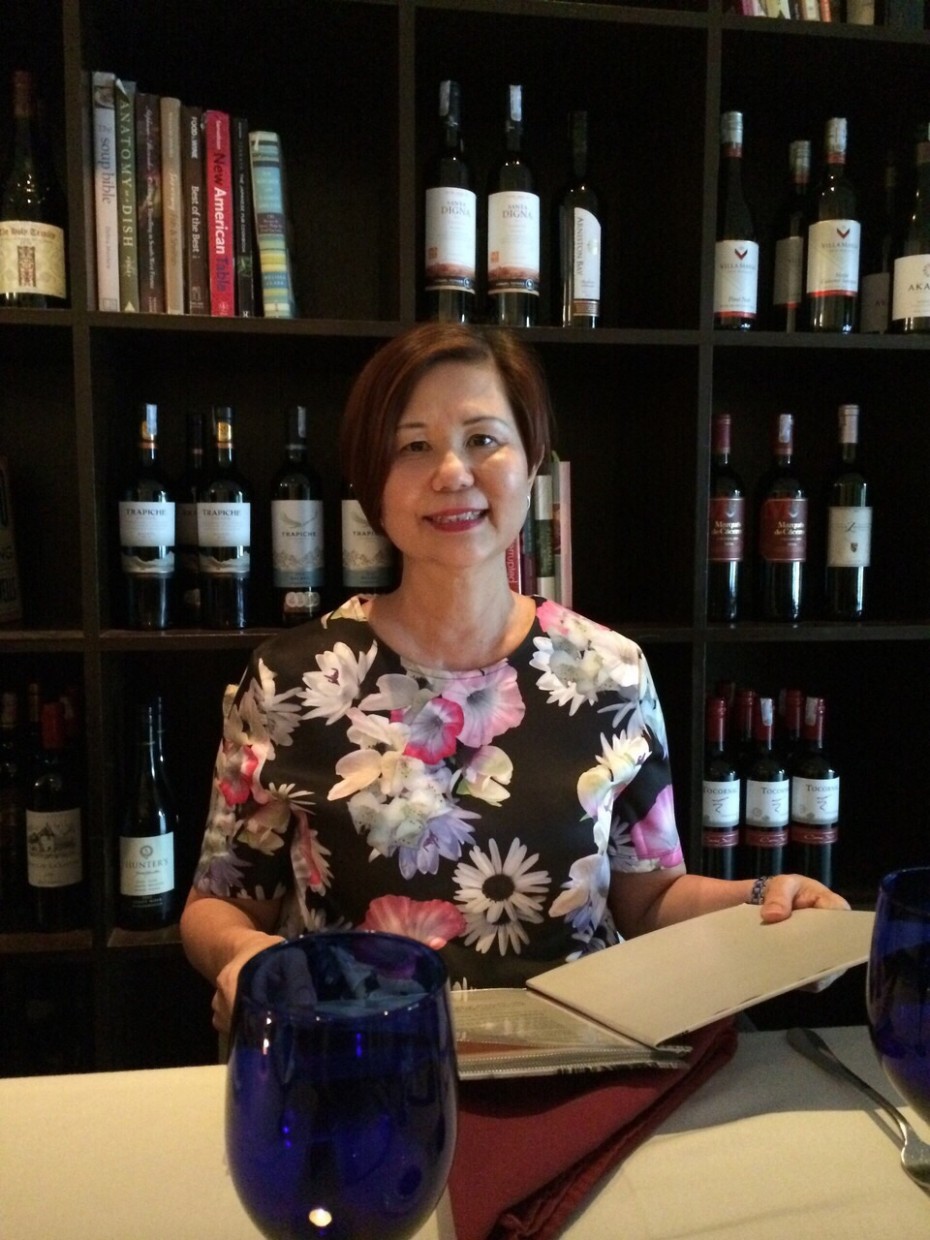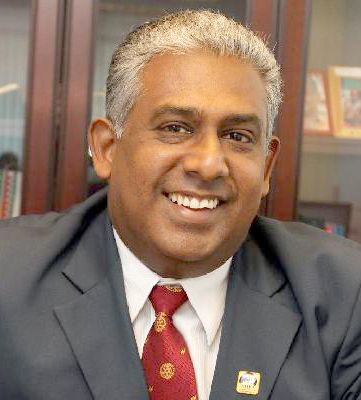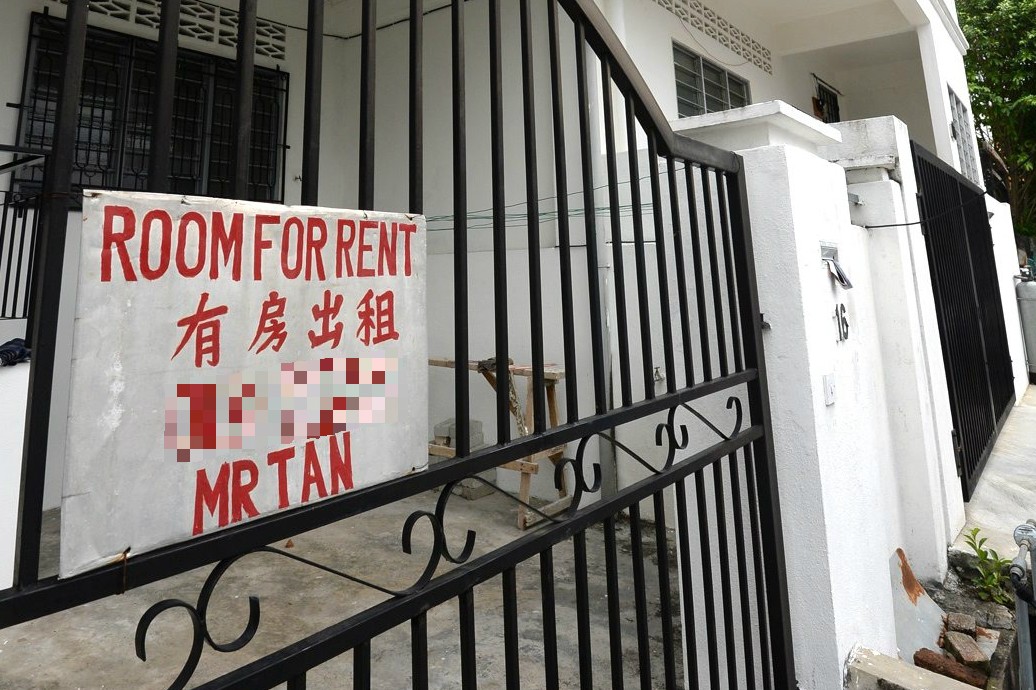Young agents

“I’ve found that about eight out of 10 homeowners prefer to deal with an agent of the same race. I don’t think it’s good for Malaysians to do this, but I’m used to it now.” — Shukri Zohari, 27.
“Probably two out of five owners have racial inclinations. Most of them don’t want Iranians or Africans as tenants, because of what they read about them in the news.” — Vince Lai, 29.

“In my experience, at least five out of 10 homeowners refuse to rent to Nigerian or Middle Eastern students.” — Joel Tan, 21.

“In Cyberjaya, many owners have a bias against Africans, especially Nigerians, because of previous bad experiences. I would say about 70% of owners prefer not to rent to Nigerians.” — Jonathan Gurupatham, 26.

“It’s a norm, I’ve come across it very often. Most of the time, it’s because owners are worried that the rent won’t be paid on time.” — Joyce Tan, 29.
Experienced agents

“There is some truth in the sense that there may be racial preferences in letting out properties.” — Jane Lim, 54.

“Rarely, and they are really the exceptions rather than the norm.” — David Ong, 59.

“Yes, there is racial profiling in rental practises, especially I think towards certain ethnic groups like Africans and Indians from India.” — Siva Shanker, 52.

“We usually don’t talk about it, but there are such things in the market. Homeowners even often want to choose agents of the same race.” — Madhavan Nambiar, 64.







Tell us what you think!